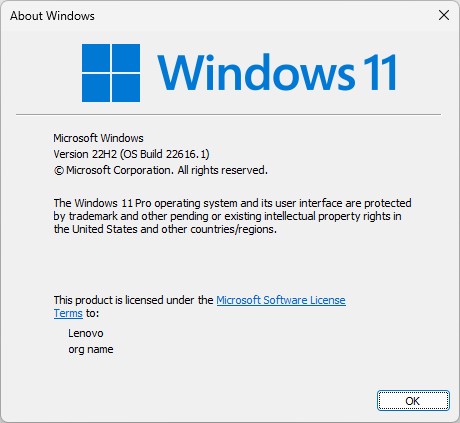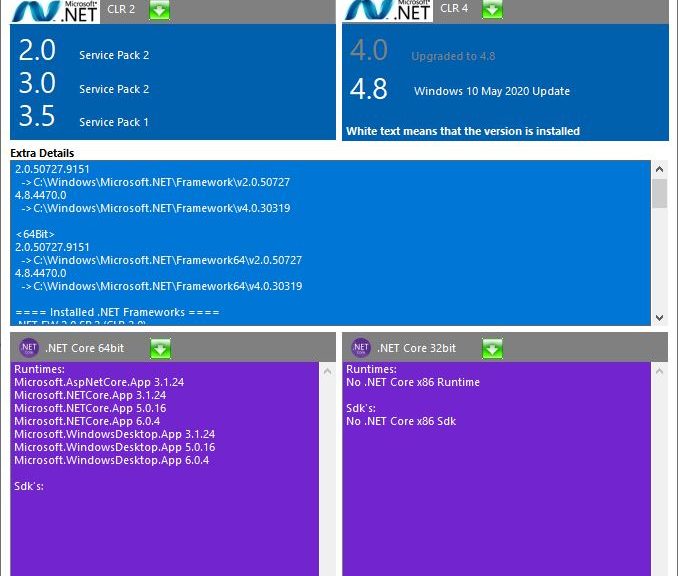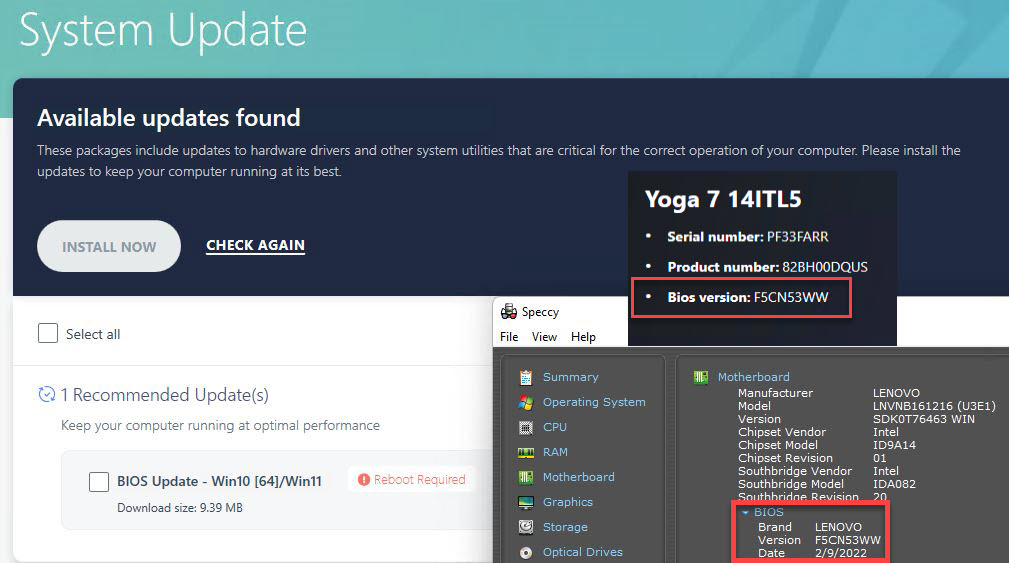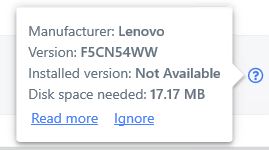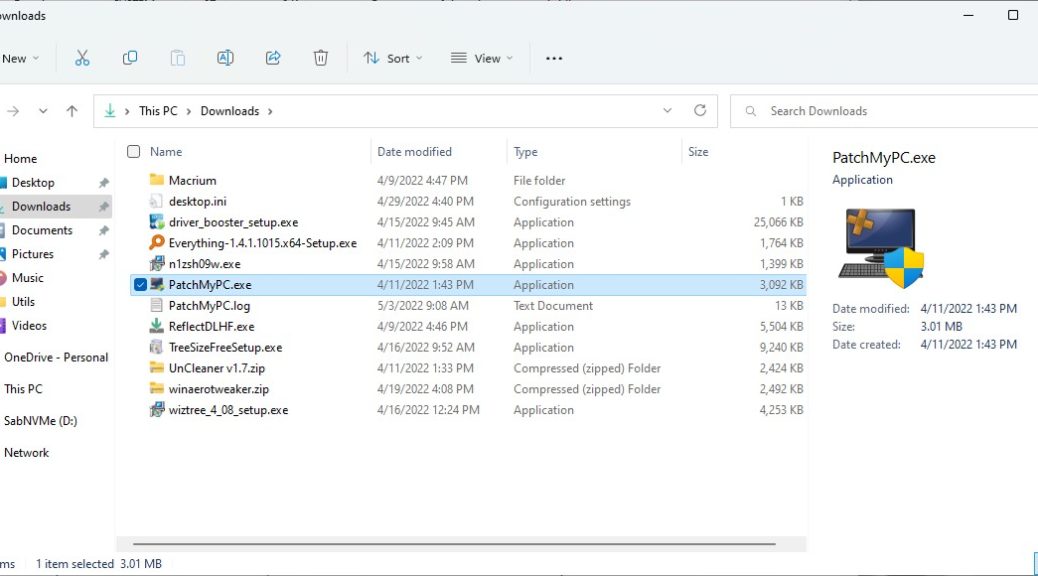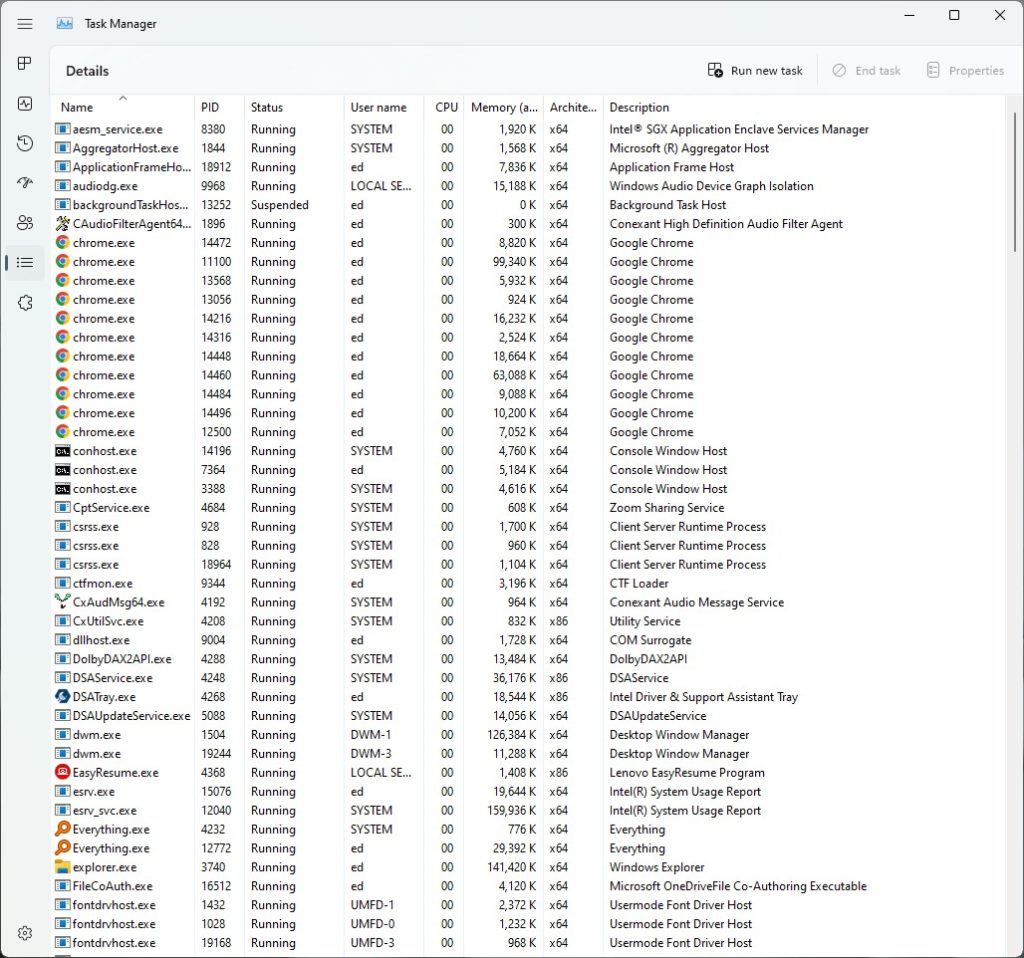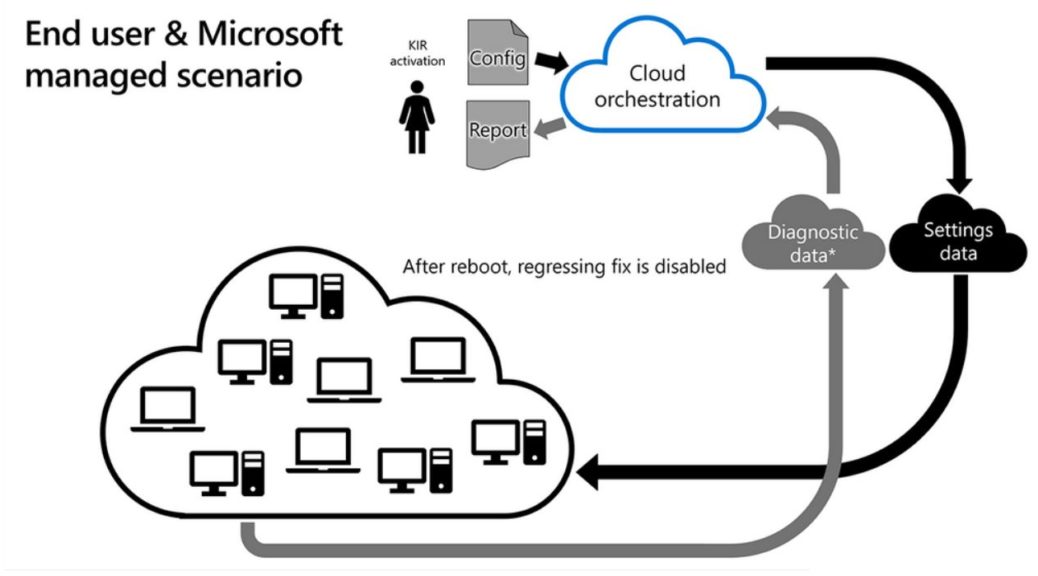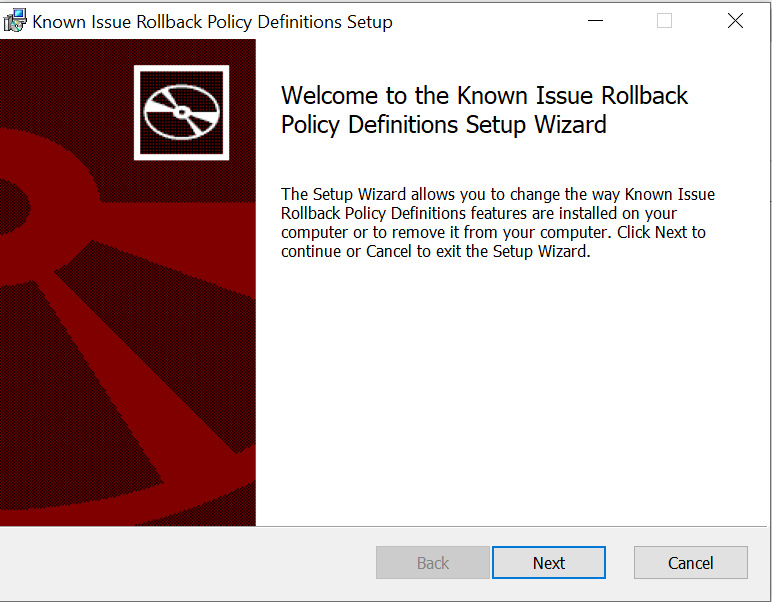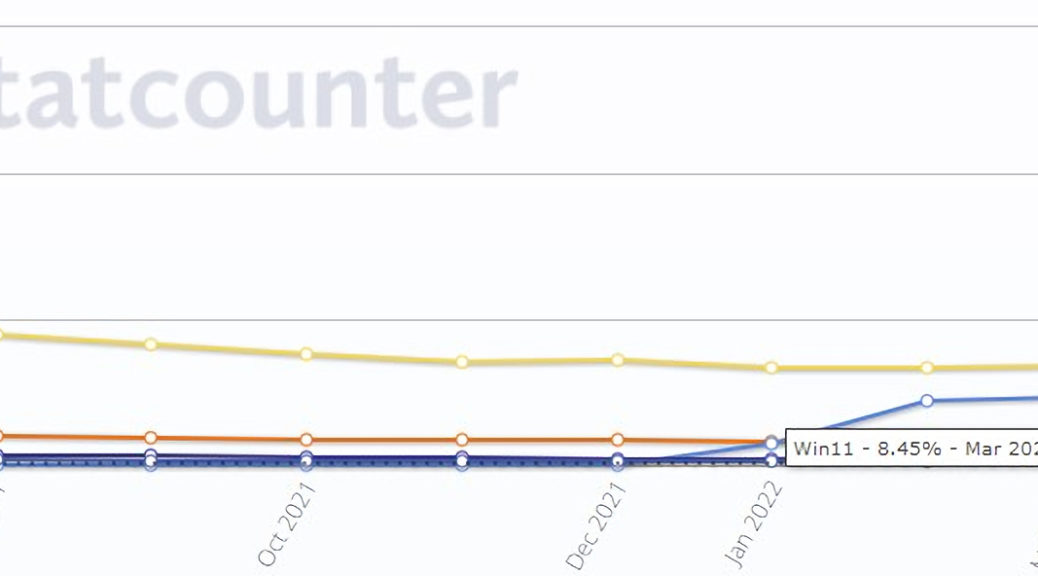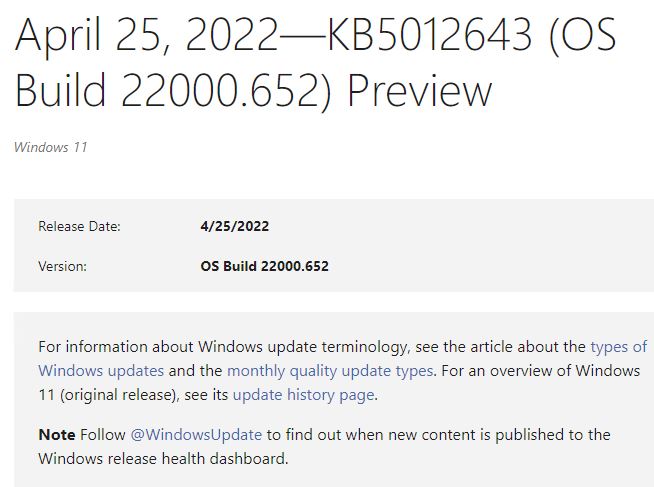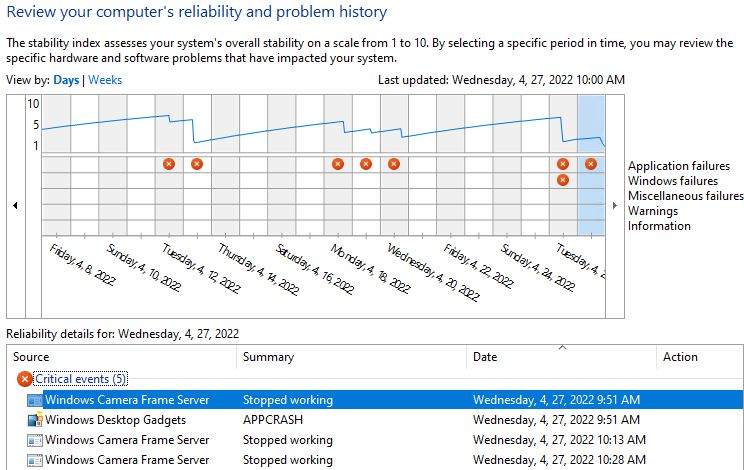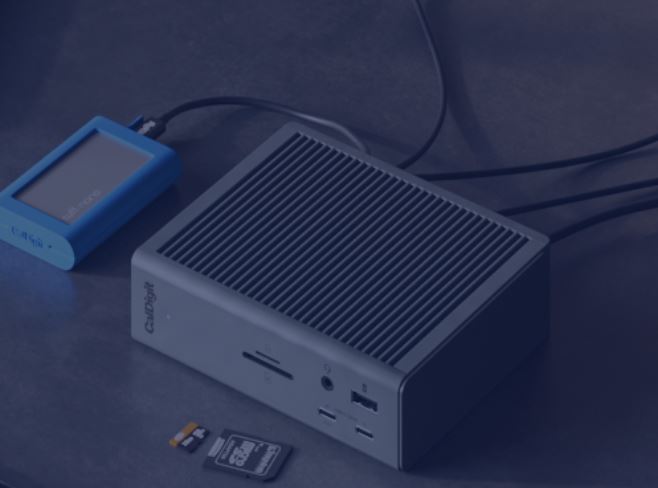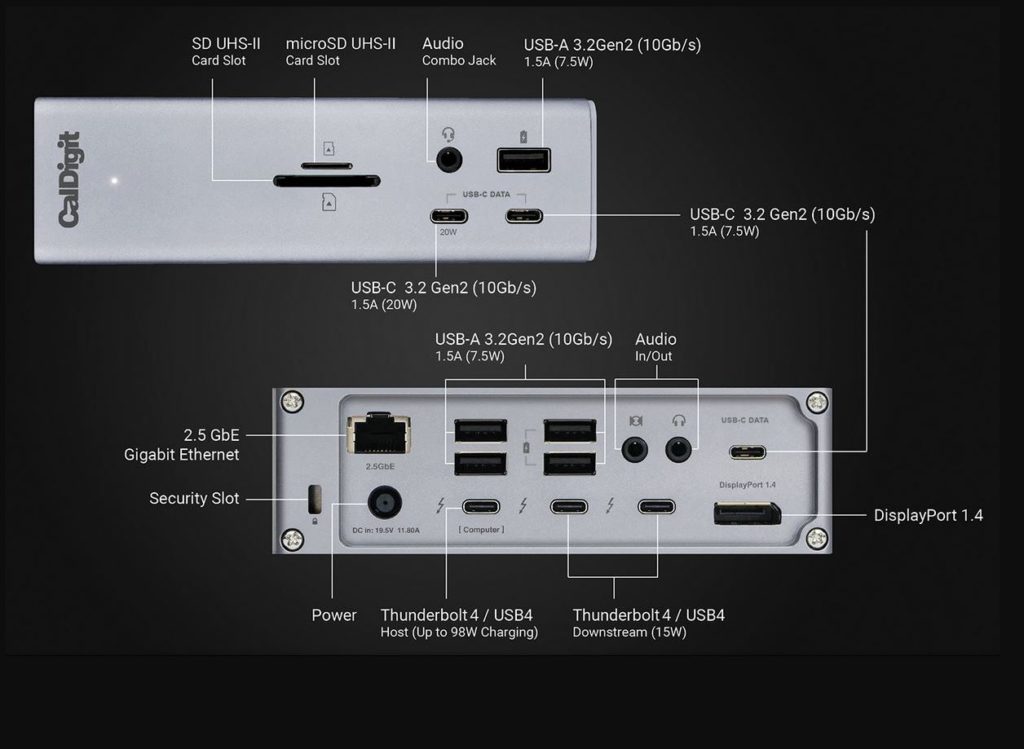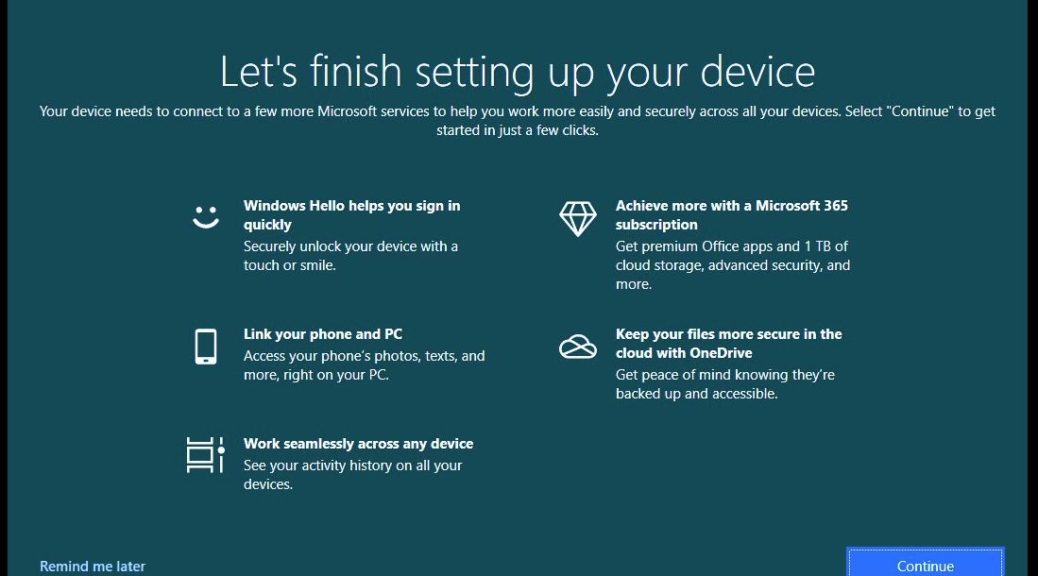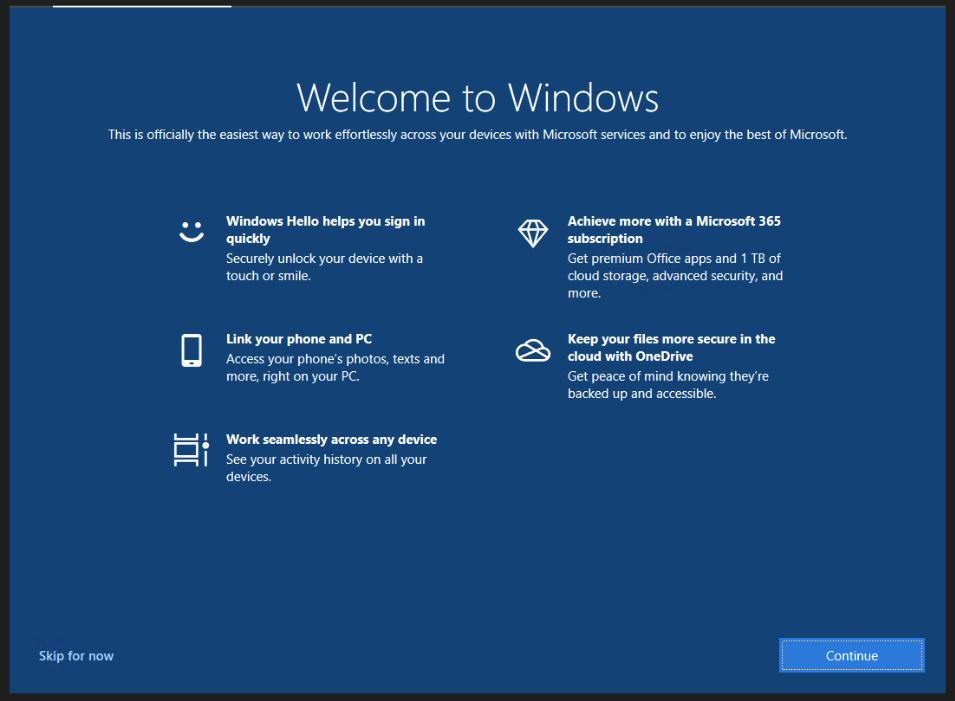It’s not often I get to say this. That’s why I’m going to celebrate an unusual occurrence. What does “Windows 11 Build 22616 Updates Itself All Over” mean? Glad you asked! It means all three of my test machines updated themselves without any effort on my part. That hasn’t happened in quite some time, so I’ll say “Hurrah!”
Is Windows 11 Build 22616 Updates Itself All Over Good?
You bet! It means that a Dev/Beta release is solid enough to get past my admittedly tiny gauntlet with nary a glitch nor hiccup. And, at the same time, I got all of my production Windows 11 PCs (of which I currently also have three) past the KB5012159 update without issue as well.
It’s not often I get to pat MS on the back for a job well done. Honestly, I’m tickled to see things working just the way they’re supposed to, even if it’s just for today. What a treat! Good work, you guys, especially the whole @WindowsInsiders team.
Other Problems Manifest and Persist, Tho…
That doesn’t mean everything with my PC fleet here at Chez Tittel is sunshine and roses. It’s just that MS isn’t currently on the hook with me right now. Just yesterday I had a fascinating but frustrating encounter with Nvidia trying to make my login to GeForce Experience work. I had to go through three rounds of password reset before I could login to the dag-blamed application.
Of all the issues I fight regularly, logins, passwords and account management are probably the most time-consuming and pointless uses of my time. Indeed, I will confess that there are certain sites or services I can’t login into using Chrome that work in Firefox (same account, password and originating IP address), and vice-versa. I’ve never been able to figure that one out. I just hope to remember which one to use to get things right ASAP.
As anybody who’s tilled the PC patch for any length of time knows, “It’s always something.” Stay tuned: I’ll keep documenting my issues and learning as things go forward. But today, MS gets my thanks and a weekend pass to the fleshpots of its choosing. I’ll buy the beer!
About Mr. Holmes and The Curious Incident
That occurred in Doyle’s 1892 story “The Silver Blaze which included this bit of dialog between himself and a Yard detective, to wit:
Gregory (Scotland Yard detective): “Is there any other point to which you would wish to draw my attention?”
Holmes: “To the curious incident of the dog in the night-time.”
Gregory: “The dog did nothing in the night-time.”
Holmes: “That was the curious incident.”
Thus, my point with the reference was that nothing odd, weird or negative happened with 22616. And again, a pat on the back and thanks to the MS developers for that very thing.
